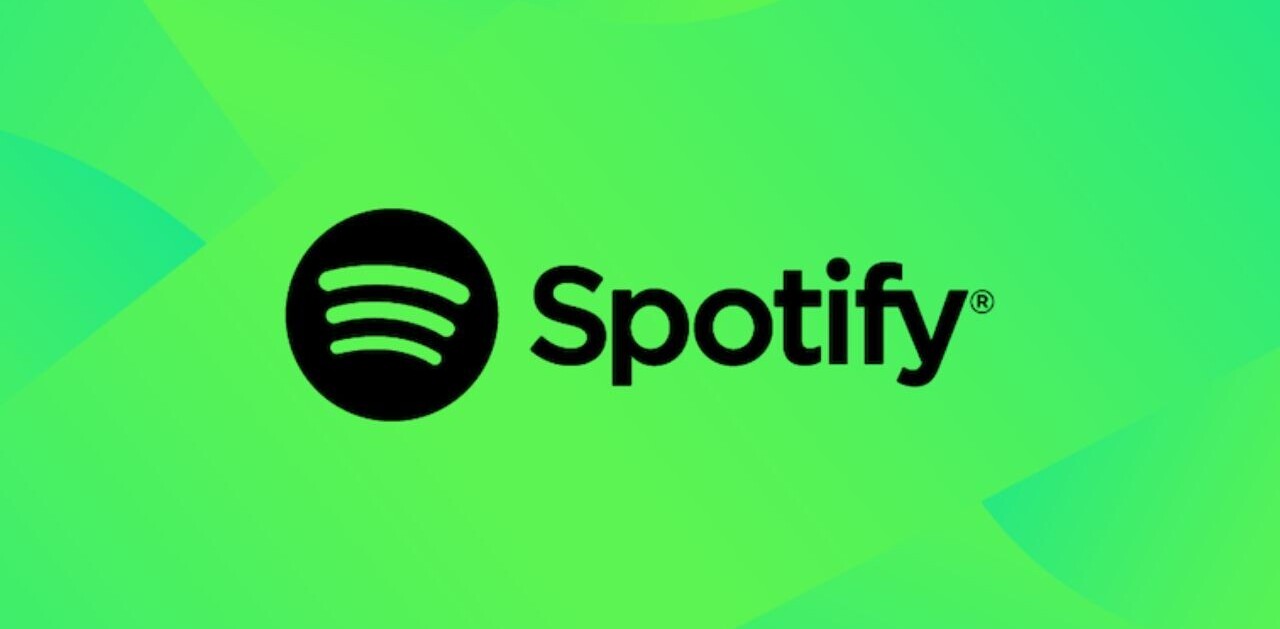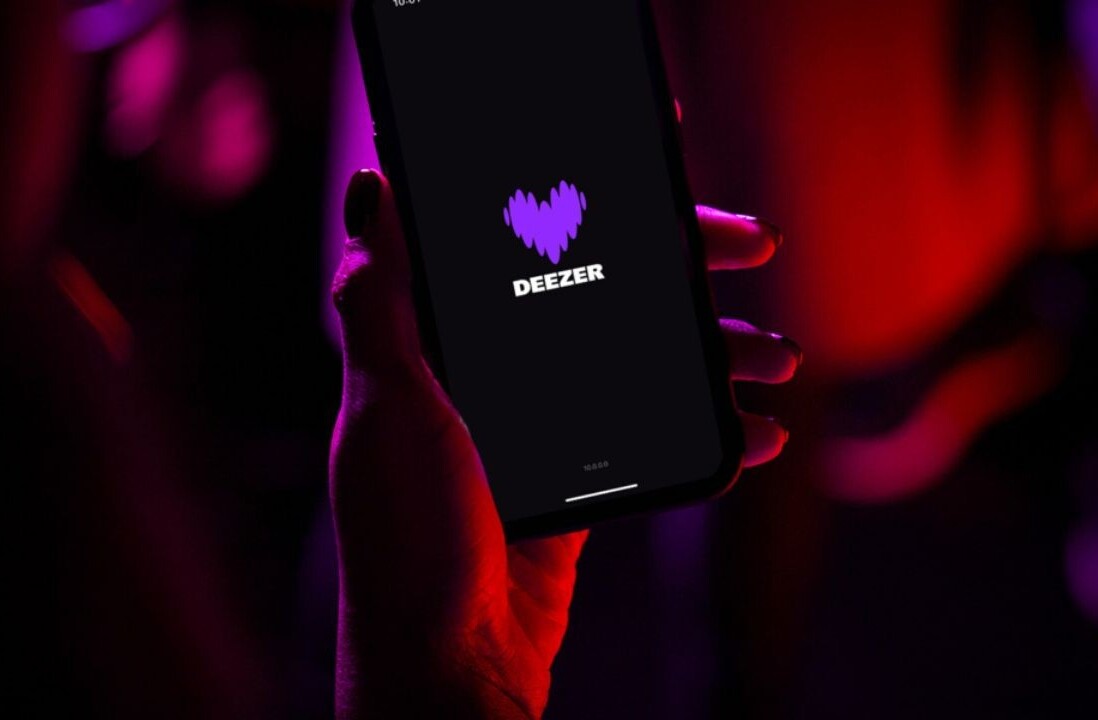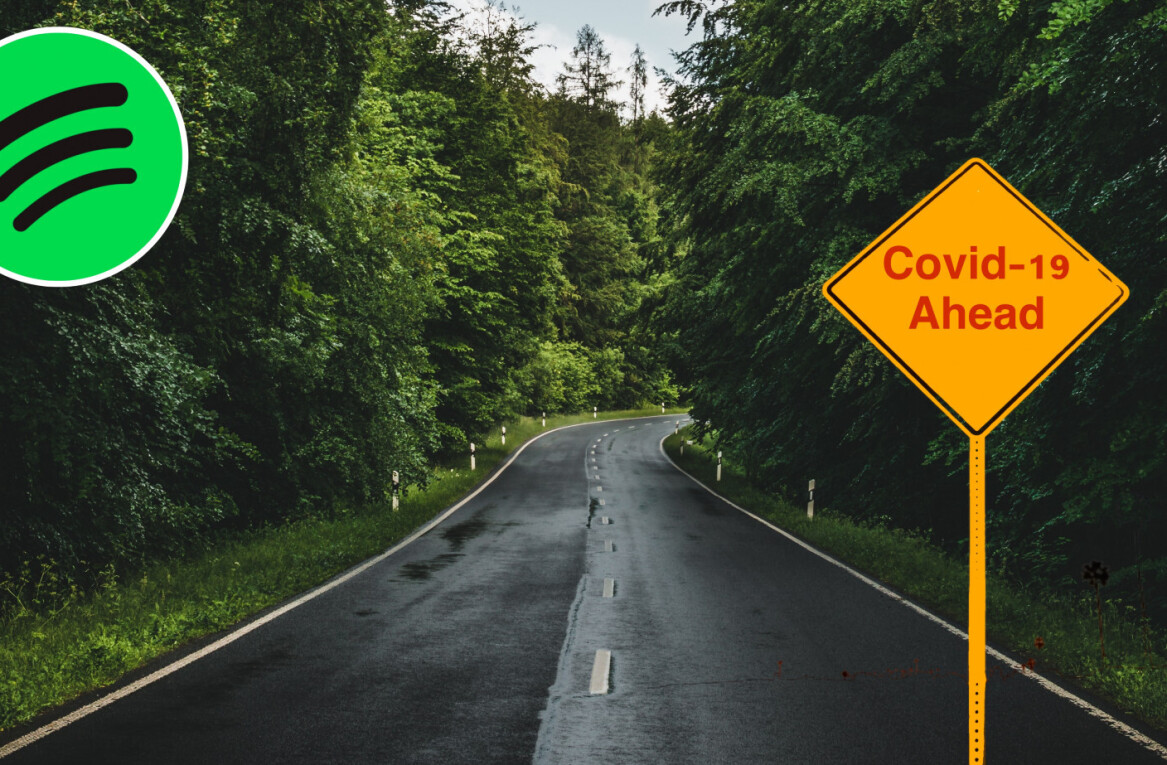
Streaming, subscription-based music is the future. We’ve been hearing that claim for years now although it always seems to be right on the cusp of happening. It’s a dream for consumers, really, pay a single monthly fee and stream all of the music that you want, with no up-front cost to own each song.
But how does this ‘stream rental’ framework look on the other side of the coin, to the artist? Figuring out just how lucrative streaming services like Spotify or Apple’s iTunes Match cloud feature, which streams you songs you already own from the cloud, is tough. Mostly, that’s because there is a lack of transparency from both parties. The artists are at times reluctant to share numbers and the streaming services don’t want those deals exposed either.
So here are some interesting numbers shared today by Josh Davison of Centro about streaming revenue garnered from his band Parks and Gardens on both Spotify and iTunes Match. They shed what I feel is an interesting and harsh spotlight on just how little each song play nets him just under 1/3 of a cent when streamed from Apple’s cloud music service and slightly more than that from Spotify:
Correction: iTunes Match pays $0.00330526797710 per stream. Spotify actually pays us more, at $0.00966947678815 per stream.
— Josh Davison (@stringbot) September 3, 2012
So Parks and Gardens would need to see over 3 plays for any song to get them a cent of revenue from a song on iTunes Match. And they already pay distribution service TuneCore $50 a year just to get their music out there on these services. So they need over 15,127 plays of their songs to break even on distributing them alone. The number is better on Spotify, where they’d need to see 5,171 plays. TuneCore takes no slice of their sales.
The difference between iTunes Match and Spotify, of course, is that iTunes Match earnings are a bonus being earned on top of an outright purchase of the song. Once a user has purchased the song and a user subscribes to iTunes Match, they’re allowed to stream that song from the cloud.
Following Davison’s numbers, web developer Scott Buscemi also shared numbers for popular services like Spotify, Spotify Free, iTunes Match and Rhapsody from his client HoneyBoy Dupree. You can see that the numbers aren’t much better.
We talked about those numbers earlier, over 15k plays to break even on distributing via iTunes Match, a bit better at Spotify. But, at least in the case of these small artists, the streaming numbers aren’t even close to that. Davison says he gets ‘very few’ streams through any of the services and Buscemi broke it down by service, saying “I’m at 6 iTunes Match, 10 Rhapsody, 45 SpotifyFree, 150 Spotify Subscribed.”
The numbers aren’t really new. We’ve known for a while now just how bad of a deal streaming services were for artists that don’t have millions of fans to boost their numbers. Crikey did a bit earlier this year on the Australian launch of Spotify and called streaming services a ‘black hole’ for artists. It noted at the time that streaming accounted for about 42% of all record label revenues in Sweden last year, about the same as CDs. But as far as how much that made the artists, that’s a harder pill to swallow.
This summary from The Trichordist back in April of this year detailed the income from an independent catalog covering 87 albums and 1,280 songs. It’s numbers are actually a bit worse for Spotify, at about $.005 per stream, 1/140th of the revenue from 1 single iTunes song download.
That’s not to say that there isn’t growth, though. The data reported in this posting by Hans Handgraaf at the SpotiDJ blog notes that, as the user base of Spotify has grown, so has the percentage of revenue earned by his label. As of the September statement 57.7% of the revenue came from Spotify.
The moral of the story? If you hear a band that you love on your favorite streaming service then buy their stuff outright from wherever you can find it. Because they’re not exactly raking in the dough for streaming.
Get the TNW newsletter
Get the most important tech news in your inbox each week.





